Revitalising Newcastle: Behind the City's Billion-Dollar Boom
It has been eight years since Newcastle was named as one of the 10 best cities to visit in the world by travel bible Lonely Planet, a surprise nomination for the sleepy coastal city making the transition from coal town to burgeoning urban centre.
With $6.5 billion worth of infrastructure planned or under way and nearly $2 billion in private development projects, Newcastle is a construction zone.
Newcastle’s crane count is the highest on record, with ten cranes dotting the Newcastle skyline, up from eight six months ago. Residential cranes represent 60 per cent of the city’s crane count.
Work on the $260 million light rail network has commenced, while major residential projects, particularly in West End, are taking shape throughout the city in its efforts to revitalise it.
It seems that Novocastrians – as Newcastle’s residents are known – have a lot to look forward to as Australia’s seventh largest city comes of age.

Redefining Newcastle: Public investment and infrastructure
As the coal, steel and copper industries slowed, Newcastle had to find a way to reimagine its future.
The NSW government’s “Revitalising Newcastle” program kicked off in 2015 with more than $650 million of investment delivering the light rail system, and the Newcastle Interchange.
Education
Education has been the backbone of Newcastle's innovation revolution. Newcastle has re-vitalised itself as an education destination, increasing its profile as a university town.
The Revitalising Newcastle program follows investment in the University of Newcastle’s $95 million city campus – NeW Space – and the $90 million NSW Law Courts, which opened in June 2017.
The heritage-listed former law courts were snapped up in March 2017 by Japan’s Nihon University for its first ever offshore campus.

The university acquired a two-hectare super-lot from the government in 2017 in Honeysuckle to develop an ambitious masterplan that will include education facilities, student accommodation and public space.
The overall proposal, likely to be submitted under the state significant development regime in the coming weeks, will double the number of students in Newcastle’s CBD, which currently stands at 3000 after the $95 million NeW Space building opened last July.
“There is a shared optimism for the future of the city and our university is proud to play an important role”
--University of Newcastle chief operating officer Nat McGregor
V8 Supercars and Cruise Terminal
In other major announcements set to redefine the city, Newcastle replaced Sydney as the host of the V8 Supercars from last year with the five-year commitment injecting $57 million into the Hunter region and attracting 81,000 visitors.
“Supercars will provide an enormous boost to the local hospitality and tourism industry of up to $50 million each year and generate incredible exposure to our region.” Newcastle City Council Lord Mayor Nuatali Nelmes said.
In 2016, a permanent multi-purpose cruise ship terminal was announced, securing Newcastle as a future cruise ship destination.
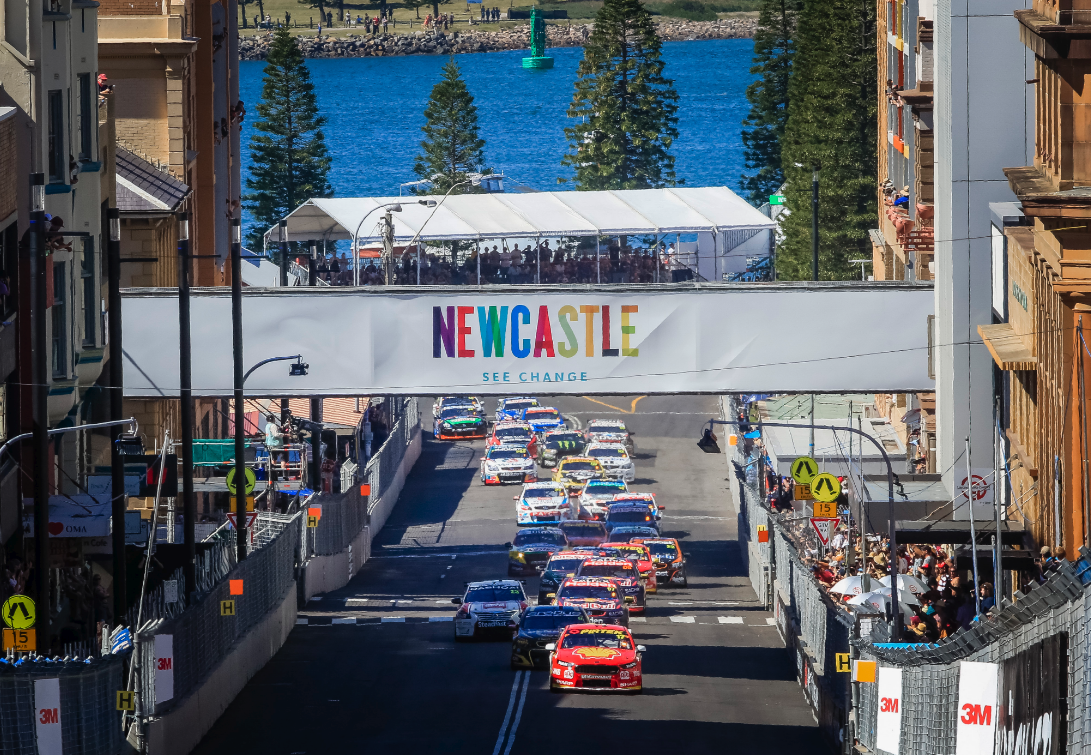
Infrastructure and Investment
Last October, the $200 million Newcastle Interchange at Wickham opened. As the “gateway” to the city centre, the interchange is a new major transport hub linking trains, buses, taxis and from early 2019, the Newcastle Light Rail.
The Wickham interchange was delivered as part of a broad program of work that includes the truncation of the former heavy rail line, new train stabling and a new pedestrian footbridge at Railway Street, Wickham.
Related reading: NSW Government Plans Affordable Housing In Newcastle City Centre
“[The interchange] provides a frequent and reliable travel option through the city centre, connect key activity precincts, reinvigorate Hunter and Scott streets and open up great urban renewal opportunities.”
--Revitalising Newcastle program director Michael Cassel
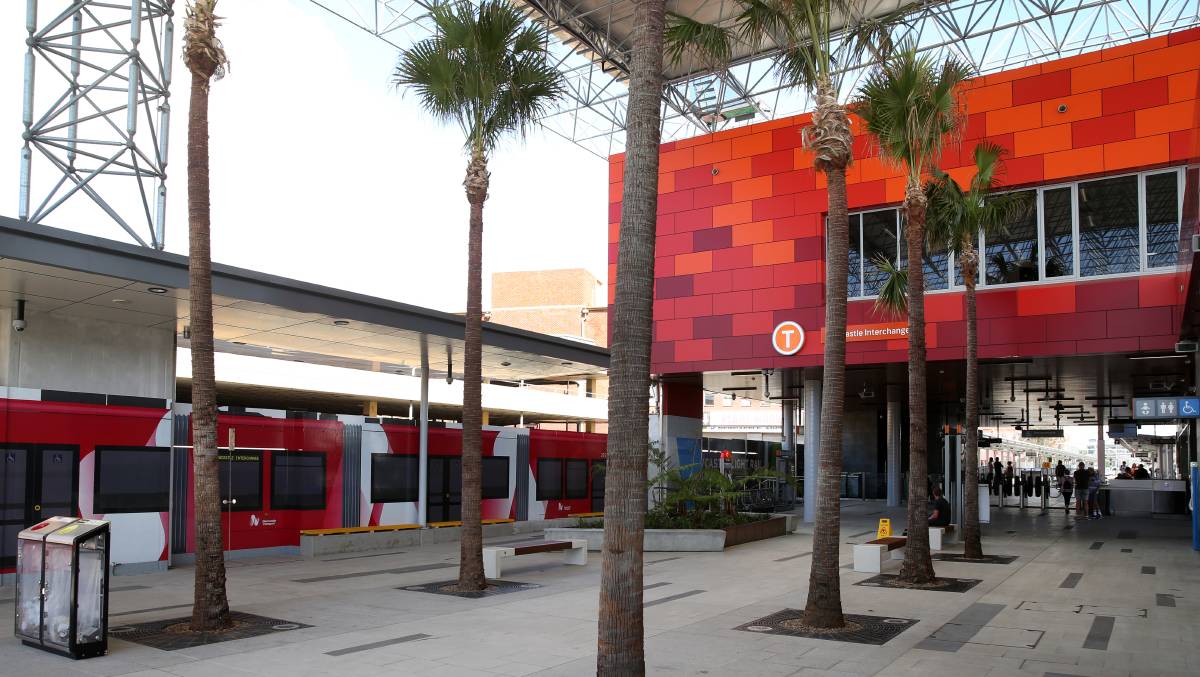
Newcastle’s apartment ‘boom’
Population growth, low unemployment and a nearly 50 per cent price disparity compared with Sydney has fuelled significant residential development in Newcastle. Apartment stock has increased 50 per cent in the last year, with 300 apartments released on to the market in 2018, increasing to 428 in 2019 and 478 in 2020.
Colliers International director of project marketing Dane Crawford said that 2017 had been an “unprecedented” year for residential development in Newcastle – and he expects it to continue.
“In terms of development and new stock coming to market in Newcastle we currently have a significant undersupply of stock and will continue to do so for at least the next property cycle.”
Crawford says the pace of development is due, in part, to a $17 million Newcastle Mines Grouting fund set up to address the issue of local mine subsidence and its impact on development in Newcastle.
“Newcastle has been a challenging place to develop due to undermining, and the grouting fund has been a game changer for development in Newcastle."
Crawford said that in 2017 capital growth was 24 per cent within the CBD.
“The year before that was 18%.”
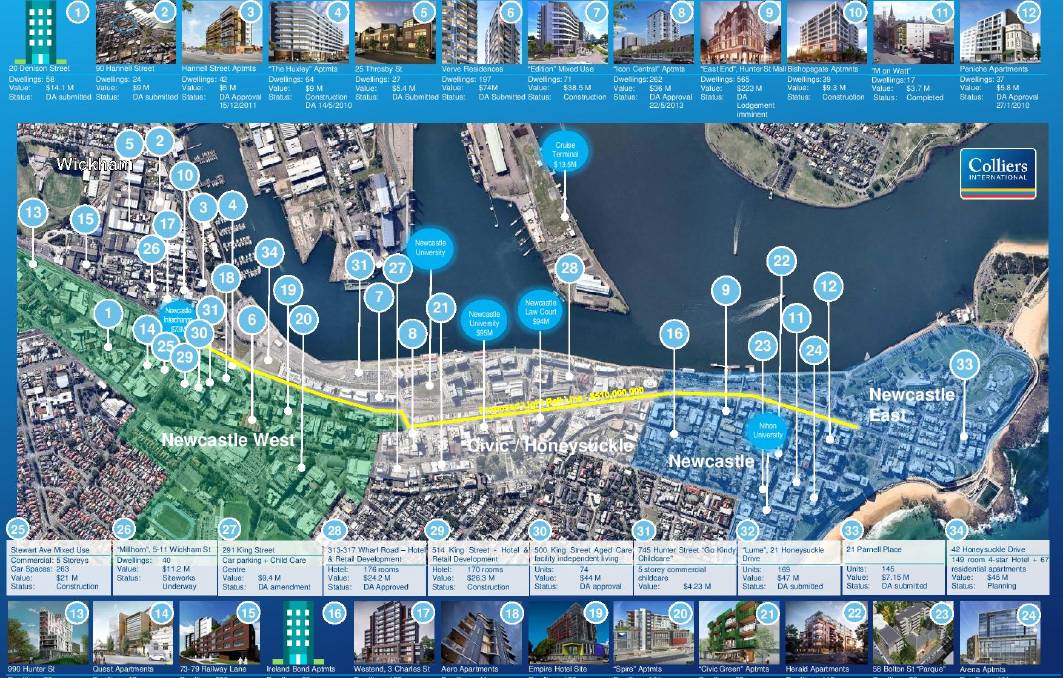
The West End
The interchange at Wickham has sparked major development in the area.
Newcastle City Council announced it was moving to the Gateway office development in December, striking a 15-year lease on a 5500sq m office space and moving 400 of its staff.
The council is one of many organisations joining the westward march to Wickham.
Recent development in the area includes a $14 million Denison Street tower for 58 apartments, a $125 million plan to convert the Wickham Woolstores into 310 units and the Doma Group’s $37 million Bishopsgate development.
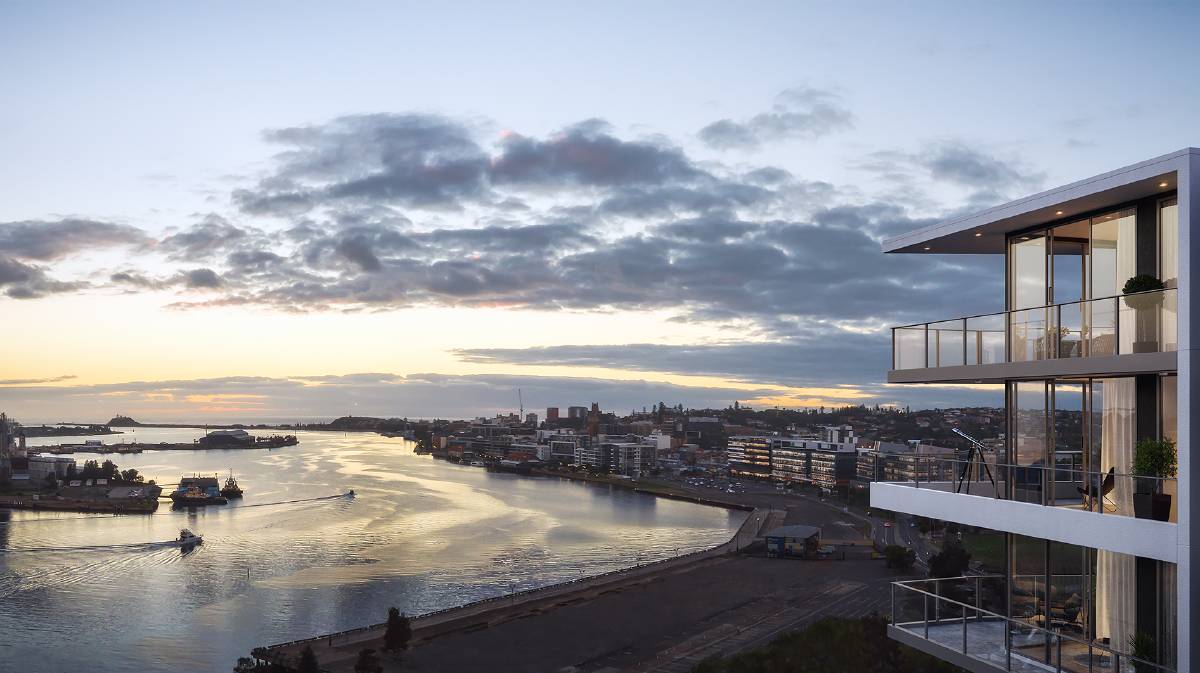
On Thursday, developer Thirdi Group launched Newcastle’s latest apartment project, and its third Wickham development, “Stella on Hannell”.
Designed by LJM Architecture, the project comprises 500sq m of ground floor commercial space, 45 one bedroom, 92 two-bedroom and 10 three-bedroom residences.
Director of sales and marketing Luke Berry said it was an exciting time for the west end, with an estimated 20,000 jobs created thanks to the relocation of Newcastle’s commercial hub to the area.
Berry said interest in the $104 million Stella on Hannell development had been strong with five of the nine penthouses already sold.
“We’ve had over 100 written expressions of interest, and close to 25 contracts have been issued,” Berry said.
The development will offer 149 apartments across two 14-storey towers, with 12 apartments set aside for specialist disability accommodation as part of the National Disability Insurance Scheme.
Thirdi Group have delivered more than $323 million in new projects to the region.
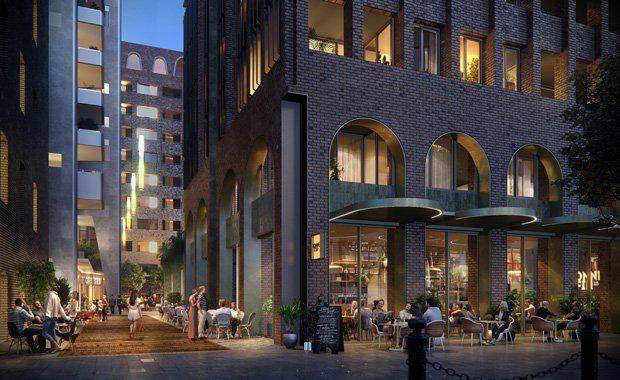
Hunter Street Mall redevelopment
On the other side of the city, Iris Capital’s $750 million redevelopment of the Hunter Street Mall has moved ahead, commencing work on stage one in March.
The project will see the construction of 500 units across its 1.6-hectare east end development. Iris acquired the CBD site last year from the listed GPT Group for $39 million.
The $27 million Aero apartments, also located in Hunter Street, finished construction in December 2017.
Related reading: Newcastle's East End Retail Precinct Revealed
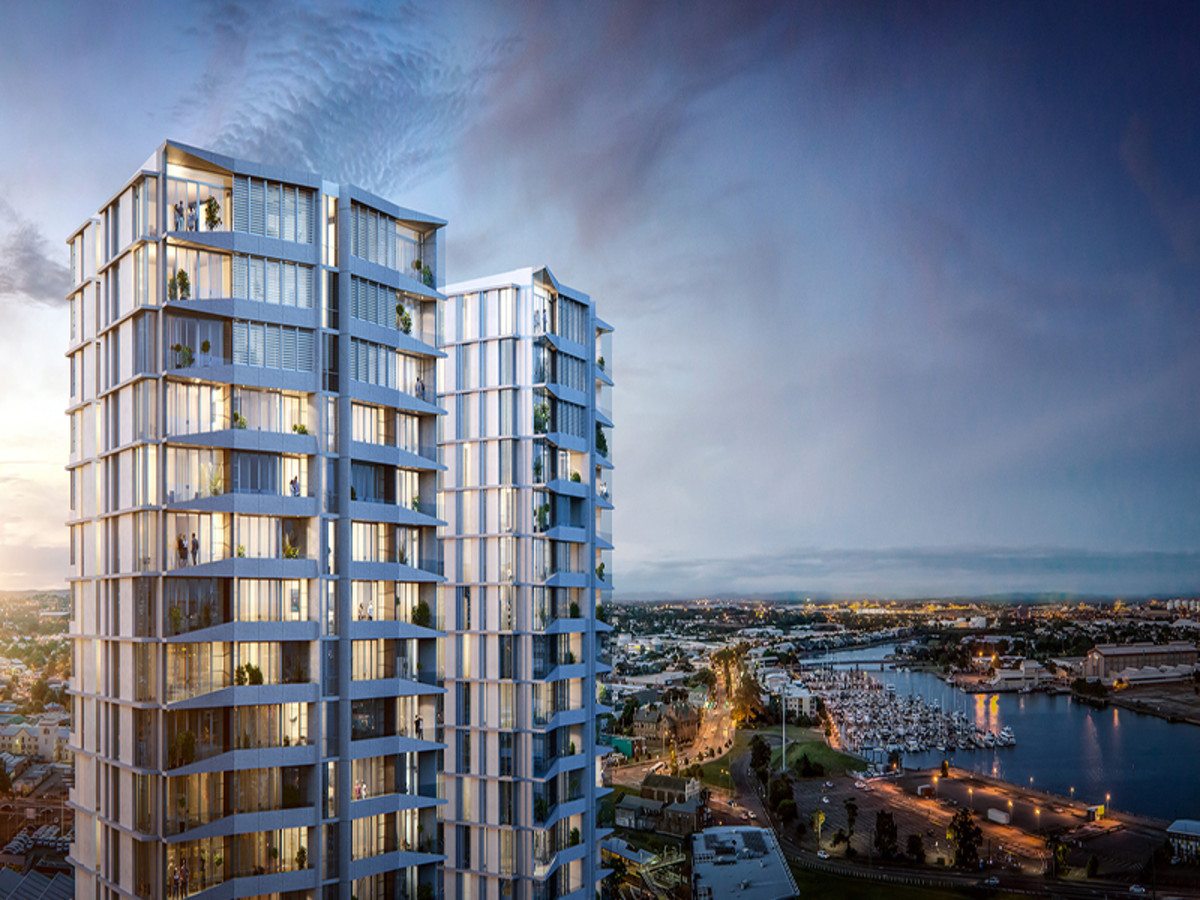
'Unprecedented' development
Named as one of the world’s top “smart cities” to watch by National Geographic, Newcastle is no longer in transition.
The foreshore and city have undergone massive rejuvenation, investor interest has picked up and the swell of university students has positioned the city as a lifestyle hub.
“With a diverse and stable economy, strong jobs growth, low unemployment and stock undersupply, I challenge anyone to find a better place than Newcastle, across all of Australia to invest in," Crawford said.















